[Disclosure: Please assume all outbound links may in some cases provide site-sustaining revenue from ads or referrals (with never any extra costs to you). See footer for more details. Thank you]
From Efficient Home Air Purifier Systems - To Ventilation and Source Control - This Expert Advice Will Help You Creat a Safe Comfortable Healthy Home...Room by Room
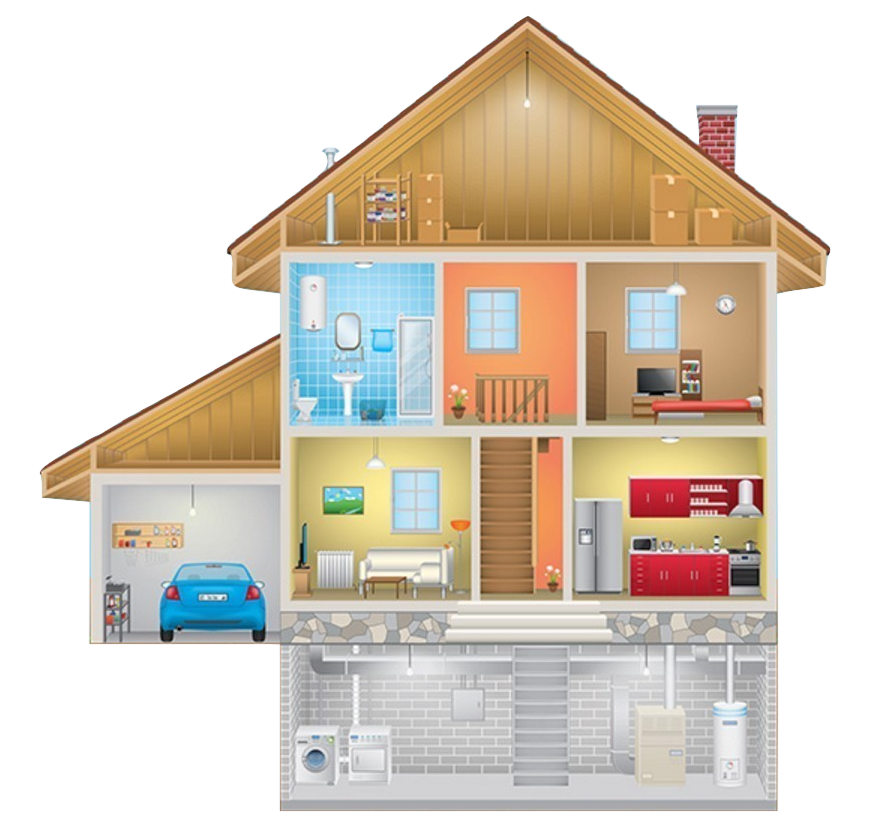
I'm a scientist and home air purifier industry insider. I've also suffered from indoor allergies and Sick Building Syndrome on several occasions in my life. I am passionate about sharing my expertise and lessons learned in hopes that it helps you to live a longer, happier, and healthier life.
The many pages of this site share my best insider's tips and proven strategies guaranteed to help you cost-effectively reduce your family's exposure to indoor air pollutants (such as mold and toxic chemical gases), as well as help you avoid many other allergy triggers and hidden household dangers through air testing, source control, ventilation, and cleaning air of particles and gases via truly EFFECTIVE home air purifiers...
Homes are complex systems with many interacting variables. So potential causes of indoor allergies and home injuries are often not obvious or easy to predict or eliminate. But by applying these basic tips you can greatly reduce much of the risk...
Tips for a Safe Healthy Home

Keep Your Home Dry!
Fix Water Leaks and Excessive Humidity Before It Leads to Toxic Mold, Odors, Discomfort, Higher Energy Bills, Pest Infestations, and Structural Damage
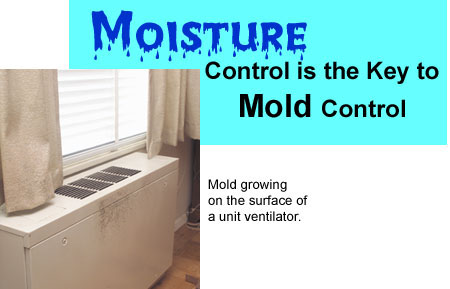
- Moisture control is MAJOR! It's one of THE most important things you can do to create and maintain an energy efficient comfortable healthy home, while also protecting your property value.
- Beware of even the tiniest of drips...be vigilant with a fix.
- You should regularly inspect all areas in around and under your home for any signs of plumbing leaks, roof leaks, condensation issues, leaking Air-conditioner drain pans or AC drain lines, gutters draining near foundations or rainwater seeping through walls or under footings.
- Immediately fix any possible routes of infiltration from outside rain or melt water. Ice-damming on poorly insulated house roofs in winter is a common source of leaks, as is rain water collecting around foundations and seeping through walls or soil, thus infiltrating into basements or crawlspaces.
- Don't forget about water in its gaseous phase manifesting as high inside humidity levels (>60%) which will also encourage mold growth and also condense back into liquid on cool surfaces.
- Bathrooms, kitchens and laundry rooms are prime sources of indoor humidity. Ventilate moist air to the outside...NEVER into rooms, attics, basements, or crawlspaces.
- Be sure to immediately eliminate all sources of water leaks and high humidity because once mold or pests such as termites get a foothold they can be very destructive and difficult to be rid of.
- Moisture starts an insidious domino effect, for example: outside tree roots seeking moisture in wet crawlspace soil can grow under and damage foundations. Root channels can lead to yet more water infiltration and together with mold will create conditions hospitable to a food web attracting other pests, which can cause yet more damage to your home.
Keep Your Home Clean!
Be Smart About Reducing the Sources and Causes of Contaminants, Pest Infestations, and Allergens
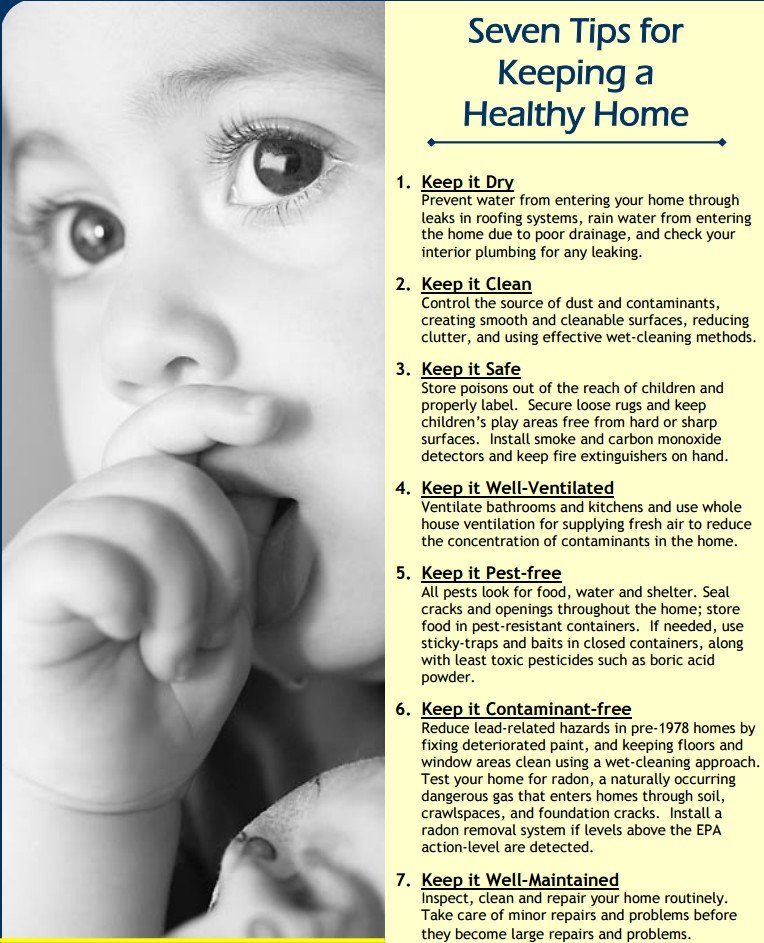 Healthy Homes are: Dry, Clean, Safe, Well-Ventilated, Pest-free, Contaminant-free, and Well-maintained
Healthy Homes are: Dry, Clean, Safe, Well-Ventilated, Pest-free, Contaminant-free, and Well-maintained- Never smoke indoors! There is no home air purifier nor cleaning techniques which can compensate for or reverse the horrible effects of indoor second-hand cigarette smoke gases, radioactive particles, and sticky toxic residues which sometimes contaminate every surface of smoker-occupied dwellings.
- Avoid carpeting because it tends to be a major source of allergens (such as pet dander, dust mites, and chemical contaminants that collect and release over and over).
- Opt for smooth easy to clean surfaces, such as hardwood or ceramic flooring instead of carpet.
- Consider using dust-mite proof pillow covers and bedding. Wash bedding in very hot water to kill dust mites.
- Reduce humidity below 60% to help discourage Dust Mites from flourishing indoors.
- Reduce fibrous objects and decor which is friendly to Dust Mites, for example carpets, upholstered furniture, stuffed animals, and cloth drapes.
- Use wet cleaning techniques and consider HEPA Vacuum Cleaners or Steam Sterilizers to minimize airborne dust and to reduce use of health and environment damaging chemical products.
- Where chemical products are used, try some of the many very effective non-toxic green cleaners now widely available.
- You can also make your own very effective homemade green cleaners and non-toxic products using very safe and cheap ingredients like baking soda, lemon juice, vinegar, borax, and castille soap.
Keep Your Home Pest-free!
Think of Ways to Make Your Home as Inhospitable as Possible to Rodents and Other Pests Always Looking to Start Huge Families in Your Home
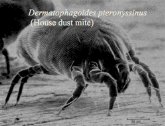
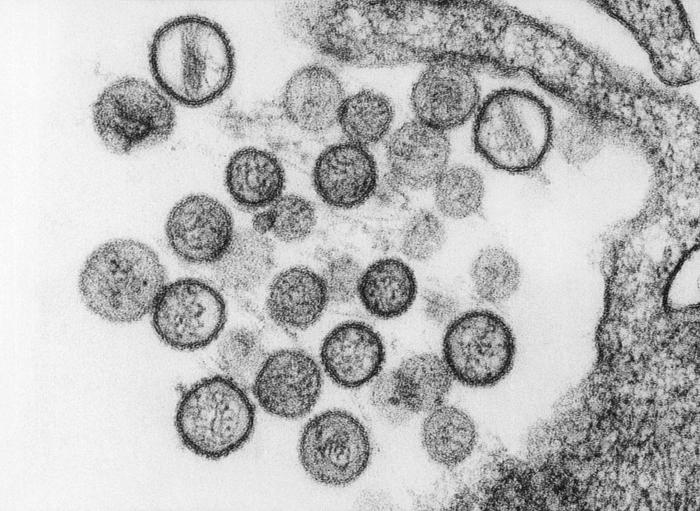
- Quickly eliminate any stray food particles and garbage to prevent pests like mice, rats, and cockroaches from infesting your home.
- Keep foods in pest-resistant containers. Don't forget about securing the rodent favorites such as bulk pet food, grass seed, farm animal feed, and wild bird seed.
- If you see droppings, this indicates the critters have already started gorging themselves and will convert feed into hundreds of offspring fast! I saw hundreds of tiny baby mice spill out of a bag of Fescue grass seed a few years ago. (Beware: rodent droppings can carry deadly airborne diseases such as Hanta virus. Try to avoid inhaling dust when cleaning up droppings.)
- Deprive pests of food, water, hiding places and ALL entrance points, even tiny cracks you can't imagine a baby mouse or even a termite fitting through (you'd be amazed - images coming soon).
- Regularly de-clutter your home to reduce the surface area and hidden niches where allergy triggering pests like dust mites, bed bugs, and roach bugs love to hide, eat, breed, and yes...poop.
- Ever see the depressing show called "Hoarding Buried Alive"? Talk about allergen and critter hell! Don't be a hoarder! The less "stuff" collecting grime in your home, the less pests you'll have. Ebay, Freecycle, and Craigslist is your friend.
Keep Your Home Green and Sustainable!
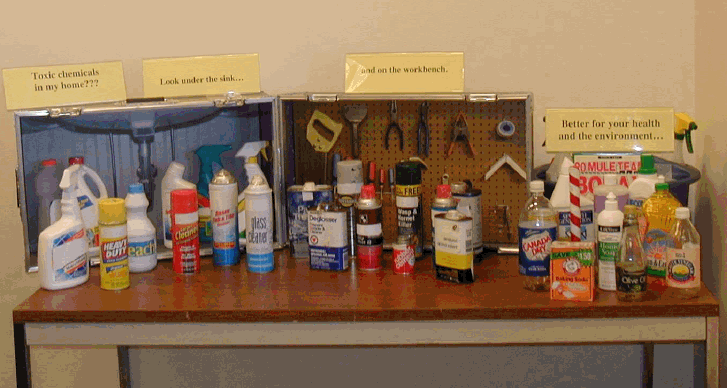
- Consider using some of the new sustainable Green-building materials for renovations or new construction projects.
- With the rapid rise of illnesses like Breast Cancer and Autism, please believe me when I say eliminating toxic household cleaning chemicals whenever possible is another MAJOR step everyone should consider taking.
- Regular cleaning, sealing cracks and holes, climate control, and making needed repairs ASAP are important parts of a pesticide-free control and prevention strategy for avoiding pest problems such as from cockroaches, bed bugs, dust mites, and rodents.
- Don't be just another sheep in the herd of conspicuously consuming chemical hobgoblins. Opt for green cleaning products and use non-toxic techniques to reduce environmental damage and lessen your family's exposures to chemical toxins. You will be happier, healthier and probably keep more money in your pocket by breaking out of the matrix of "must buy 500 different high priced products for every little specific household task".
More Ways to Create a Safe, Healthy, Sustainable Home...Room by Room
Taking it to the Next Level: Tips for Creating and Maintaining a Safe, Clean, Healthy, Green Home
- Indoor Air Quality Testing is a good starting point because it will help you to identify possible sources of indoor air pollutants so you can remove or control them. Some examples of common airborne hazards difficult to diagnose unless you test for them are: Deadly Radon Gas (the 2nd leading cause of Lung Cancer deaths!), Formaldehyde Gas (from household chemical products, adhesives, and engineered wood products)...Volatile Organic Compounds (off-gassing from carpeting, furniture, gasoline, ect.)...hidden colonies of actively growing toxic black mold...or particle / fume hazards (such as from third-hand or second-hand cigarette smoke and left-over residues).
- Source Control / Removal of indoor air pollution causes and hazardous materials (such as lead, mercury, formaldehyde, and asbestos sources). My extensive household chemical encyclopedia will help identify where in your home many of these hazardous materials may be found, including healthy home advice for each room of your home.
- Ventilation with fresh outside air to dilute indoor air pollutants and increase oxygen levels.
- Efficient Air Purification System consisting of the very best HEPA room air purifiers and HVAC air duct filters to capture tiny particles AND chemical gases (but always avoid Ozone Emitting Air Cleaners!)
- Proper Exhaust of toxic combustion equipment gases (such as deadly Carbon Monoxide Gas) and lung damaging particles (such as smoke from wood-burning stoves). Also ventilation fans and ducts to exhaust fumes, moisture, or particles to outside the home, for example while cooking, operating clothes dryer, or while steaming up the bathroom when showering.
- Key Household Safety Equipment (such as fire-extinguishers, Smoke Alarms, Radon Monitors, Child-proof latches/gates/containers, and Carbon Monoxide Detectors).
- Consider Lighting / Ergonomics / Noise Control / Electromagnetic Radiation all of which are suspected factors in some cases of Building-related Illness.
Green Building Rising...What's Old is New Again
Our ancestors lived in well-ventilated (drafty) homes built mostly of inert all-natural materials, such as locally quarried stone and hand-cut timber.
I guess you could say Green building was the norm a hundred years ago.
There were far less chemical toxins inside homes back then. But climate control was also more difficult.
Contrast that to modern times, when indoor air pollution has become a man-made global epidemic.
Our homes are exponentially more air-tight and energy-efficient. But this means they also have the tendency to accumulate off-gassing toxins from the many chemical-based products they are constructed from and filled with.
The costs and benefits of the past have been inverted in today's homes. We have gained energy efficiency, but lost air quality because of all the accumulating by-products from our "better living through modern chemistry".
But green building is once again becoming the norm and indoor air quality has become the main focus of creating healthy home environments.
No wonder air purifier sales have exploded upwards over the last decade.
But is air purification enough?
There is No One Magic Bullet For Fixing the Indoor Air Pollution Problem
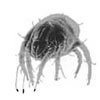
As you can see by the image above, an effective healthy home strategy is not about focusing on one magic bullet, such as an air purification system and room air cleaners as a catch all.
Don't get me wrong. An efficient HEPA air purifier able to capture the tiniest of particles and toxic chemical gases found in most homes IS important and I'll definitely help you find the best purifiers.
But source control and prevention of biological contaminants and chemical toxins should be the priority because no room air cleaner will filter out 100% of indoor air pollutants in any given volume of air, nor will it be able to always intercept pollutants before an occupant inhales them.
It is always best to control the conditions and sources before hazards result, as opposed to just treating the symptoms after there is already a problem.
For example, many homeowners and tenants think that a room air cleaner will greatly reduce or eliminate the potential health issues caused by significant amounts of second-hand cigarette smoke indoors.
Nothing could be further from the truth.
Sources of the cigarette smoke should be totally removed from inside first and foremost because not even the best air purifier filters can keep up with high volumes of damaging smoke particles and toxic gases (such as Carbon Monoxide and Benzene) that indoor smoking typically causes.
I stress source control above all else throughout this site.
Air cleaners are more of a stop-gap measure not to be solely relied upon to completely fix indoor air quality problems.
Another major take-away from this site is that the majority of your "Human Footprint" and your indoor air quality, results directly from what goes into and comes out of your humble abode.
Again this ties in with source control and it is the reason why there is no place like home for "going green", clean, and toxin-free.
To learn more about how you can reduce health hazards in your home and lessen your environmental impact, try searching Home Air Purifier Expert.com for specific topics using the following site search box.
 | Site Search of Home Air Purifier Expert.com |
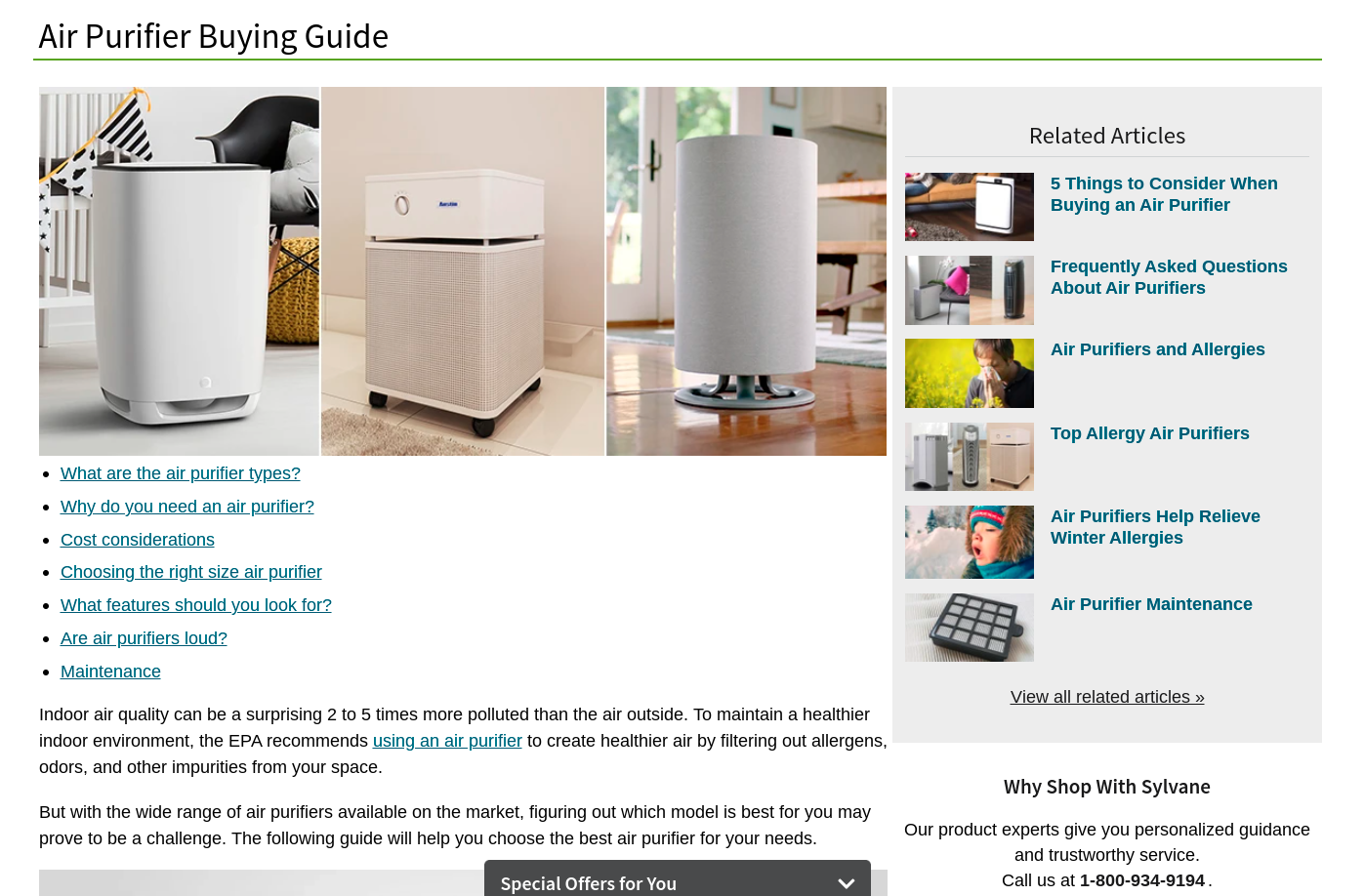
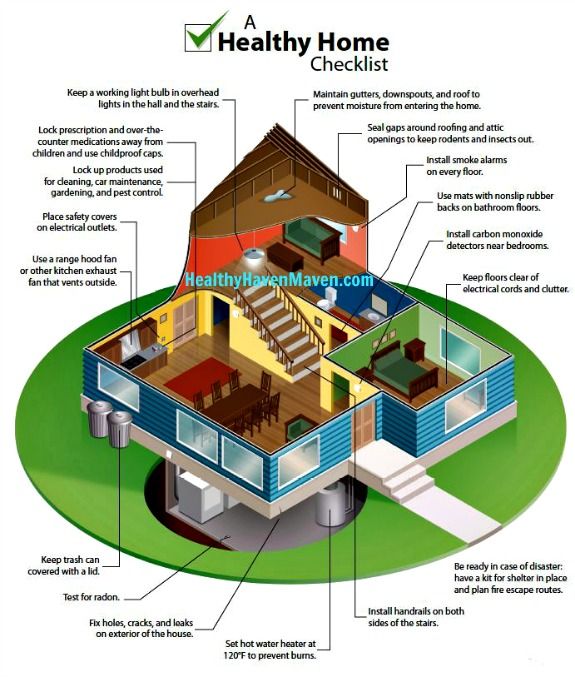
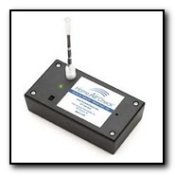
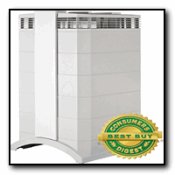
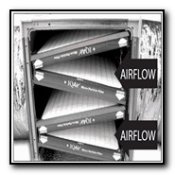
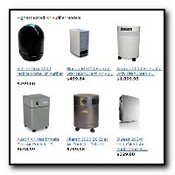
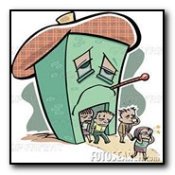

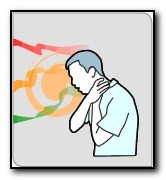
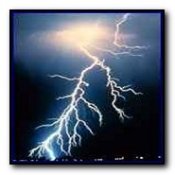
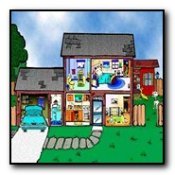
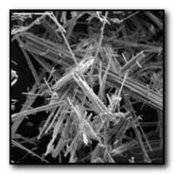
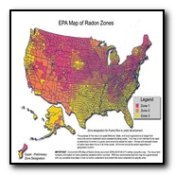
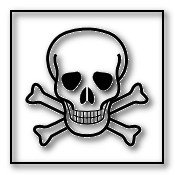
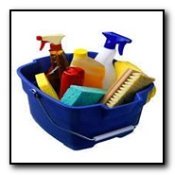
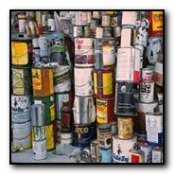
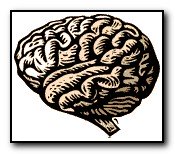
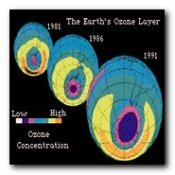
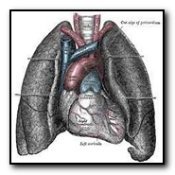
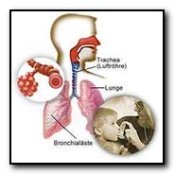
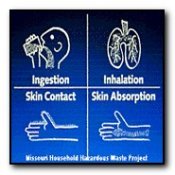
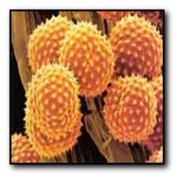
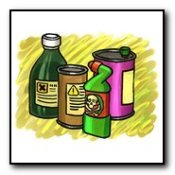
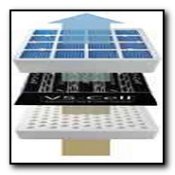
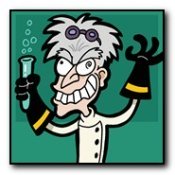
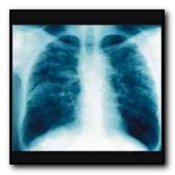
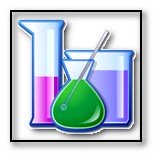
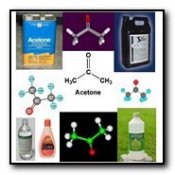
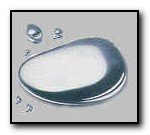
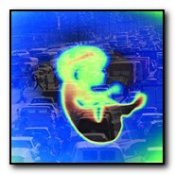
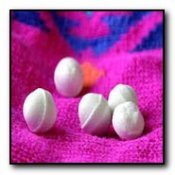

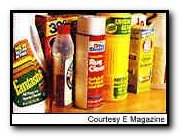
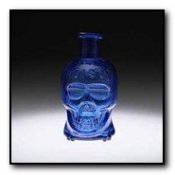
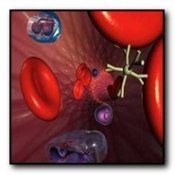
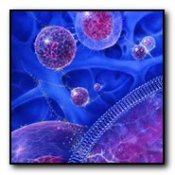
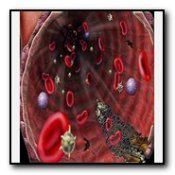

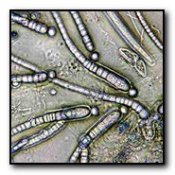
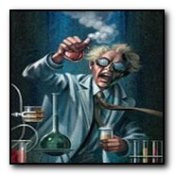

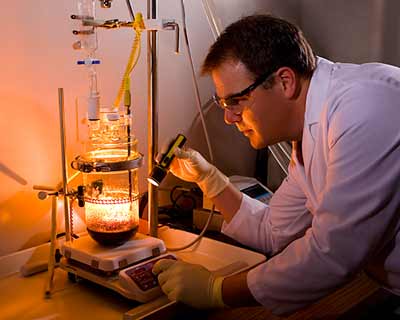

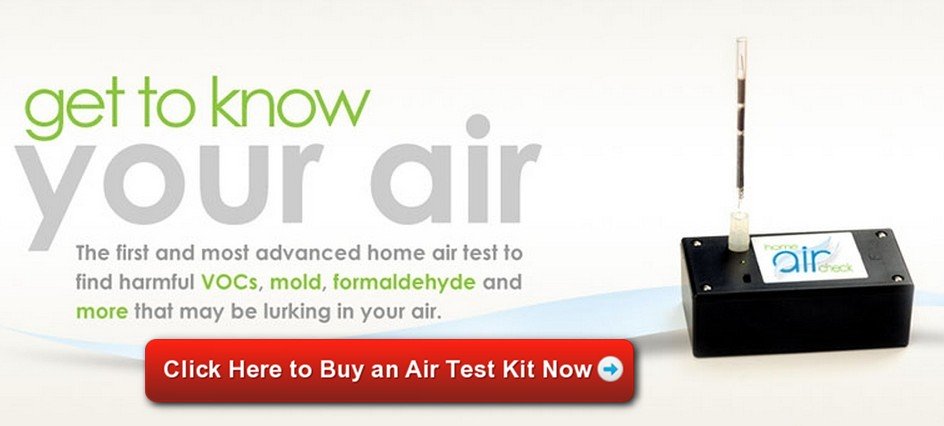
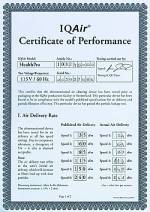
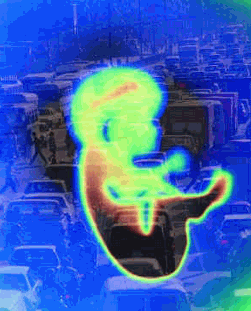
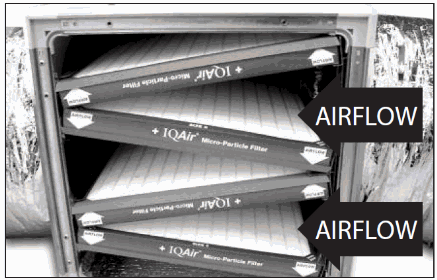
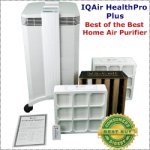
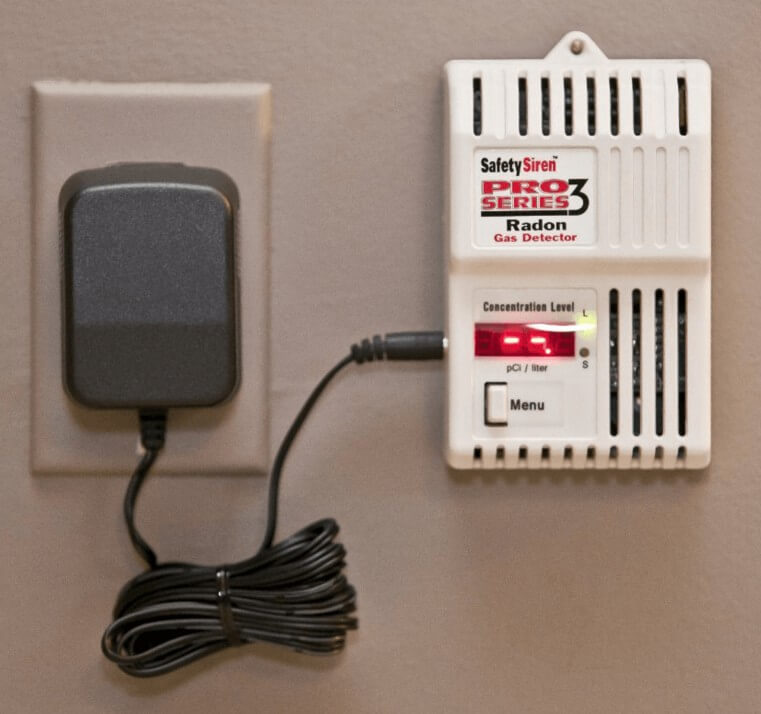
New! Comments
Have your say about what you just read! Leave me a comment in the box below.